One of the stories that perhaps we know least about the time of the colonization of Europeans in Africa is the Belgian Congo.
At least until our recent trip to brussels We hardly knew beyond that a small country like Belgium It also had a colonizing presence on that continent during the first half of the 20th century.
And the truth is that it is one of the darkest stages of what is known as colonization of Africa, in which you can delve into a cultural trip to the Belgian capital with two points of reference, the Matonge African neighborhood and africa museum, recently reopened to the public.
On this trip we participated in a very interesting guided tour of the Matonge neighborhood and other places that in Brussels are related to the history of the Belgian Congo.
All the information in detail
Curiosities history of the Belgian Congo
La Belgian Congo colony has its origins in the so-called Congo Free State, a result of the special interest of the former second king of belgium, Leopold II, because said country had a colony.
As a consequence of his personal ambition, faced with the almost null power of the Monarchy in Belgium, the king Leopold II In his private capacity he commissioned the British explorer Henry Morton Stanley to make an exploratory trip through said territory in central Africa.
On this trip he traveled on foot more than 4.000 kilometers through a territory in which there was no country, and instead there were up to 200 different languages.
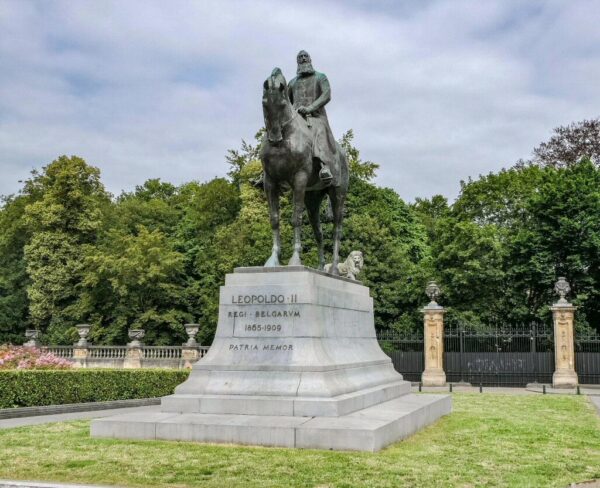
In 1885, during the Berlin Conference in which the European countries involved in colonization divided the African territories, was when the aforementioned Congo Free State as private property Leopold II.
Leopold II and the Congo Free State
From then on, and given the great demand for rubber for tires that began to exist in the world, a rigid policy of colonization and distribution of the “nationalized” territories in concessions for private companies was established.
For its part, Leopold II He became rich in that private colonizing adventure.
And at that time it was not known about the great mineral wealth of copper and high-quality uranium that this jungle territory had, which was 80 times the territory of Belgium.
For this colonization, an army of native mercenaries with European officers was used, the Force Publish, which devastated entire towns, murdering their inhabitants.
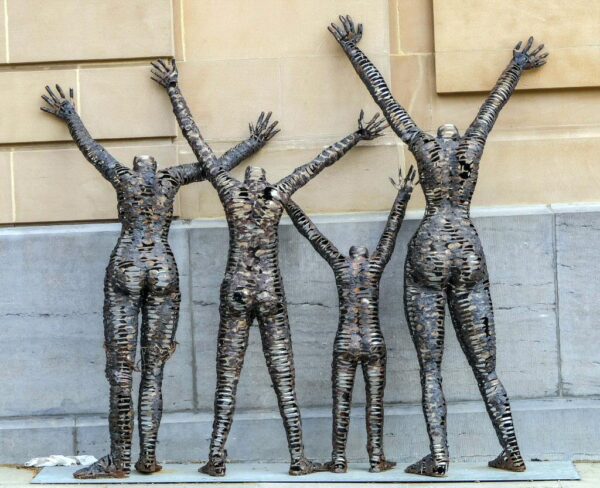
The atrocities that were carried out during colonization, among which the hands of the victims of said army were cut off, led to this period being known as the congolese genocide.
Although millions of Congolese died at that stage, leaving their population at half, the main reason for these deaths was the diseases brought to the African continent by Europeans.
Founding and independence of the Belgian Congo
Finally, in November 1908, due to international pressures that led to the resignation of Leopold II as owner of said territories, they were annexed by the State of Belgium under the aforementioned name of Belgian Congo.
From then on the economic and social situation improved significantly, although within the framework of a colonization policy considered as patronizing.
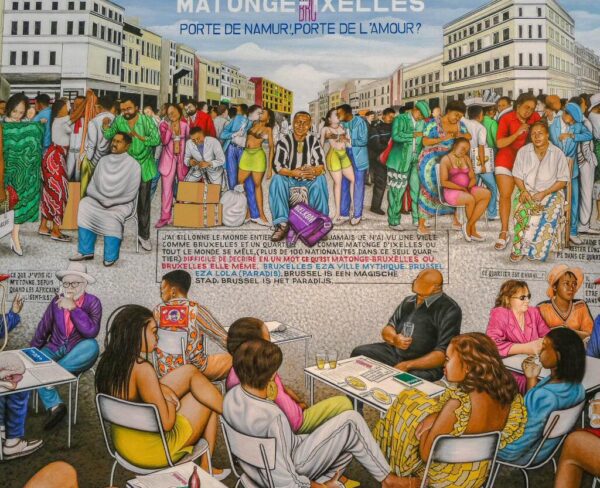
In a context in which it was never intended to incorporate the Belgian Congo al Kingdom of Belgium, in the 50s there were various nationalist rebellions with the purpose of forcing Belgium to convert that territory into an autonomous state.
It was finally in June 1960 when the independence of the Democratic Republic of Congo.
Currently, this African country is one of the richest in the world in raw materials, and with one of the poorest populations in the world.
What to see in the African Matonge neighborhood in Brussels
Currently in the Brussels center You can see various corners that remember that time, such as the African House near Royal Palace, training place for Congolese.
In the outer area of the aforementioned Royal Palace highlights the great equestrian sculpture of Leopold II, which was made with copper and tin brought from Congo.
ORGANIZE your TRIP
- Don't forget your TRAVEL INSURANCE with a 5% discount
- Book the HOTEL for your trip
- RENT a CAR for your trip
- The best TOURS and EXCURSIONS in Spanish
- NO-LINE TICKETS for museums and monuments
- Best FREE TOURS around the world
- Book your TRANSFER from the airport
- eSIM card with INTERNET at the best price

And very close is the aforementioned Matonge, multicultural neighborhood where the Congolese settled after independence, whose name corresponds to that of a popular neighborhood of Kinshasa.
Currently in Matonge Not only Congolese are concentrated, but also the population originating from other countries central africans.
In said African shopping district of Brussels you find all kinds of establishments with products of African origin, from food stores with fruits and vegetables, to clothing, cosmetic products or hair salons.
An axis of the neighborhood is the Ixelles shopping gallery, full of African shops, and during whose visit you will be asked to show some respect and avoid taking photos.
Also worth highlighting are the african restaurants where you can taste gastronomic specialties from that continent, such as Moambe, a typical Central African dish made with chicken, palm nut cream, white rice and up to nine ingredients.
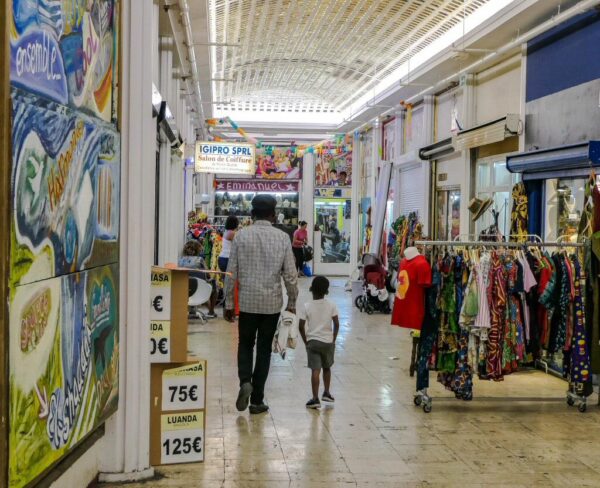
Museum of Central Africa near Brussels
To complete the cultural route through the memory of the Belgian Congo en Brussels, in the nearby town of The Tervuren, 20 kilometers from the Belgian capital, you must visit the museum of central africa.
Its origins go back to the Brussels International Dog Show of 1897, when once closed, the king Leopold II commissioned to move the colonial section of it to a palace with the intention of propagating his colonial adventure in Africa.
This first permanent museum of the congo where everything from ethnographic and artistic objects to animals were displayed, it soon became too small, and then the king commissioned Charles Giraut, architect of Petit Palais of Paris, the construction of a large new neoclassical building.
the so-called Belgian Congo museum It was inaugurated in 1910, and after the independence of that country it was renamed Royal Museum of Central Africa.

Currently, this museum has been re-inaugurated in December 2018 after a profound renovation approved in 2006, and ended with the museum closed to the public for the last five years.
The objective has been to completely change its focus since its colonial collection had become completely out of date with current times.
What to see when visiting the Central Africa Museum in Brussels
At the same time, the facilities have been expanded to now have an area of 11.000 square meters, at the same time they have been modernized and, outside the neoclassical building, a Visitors Center, through which the museum is now accessed.
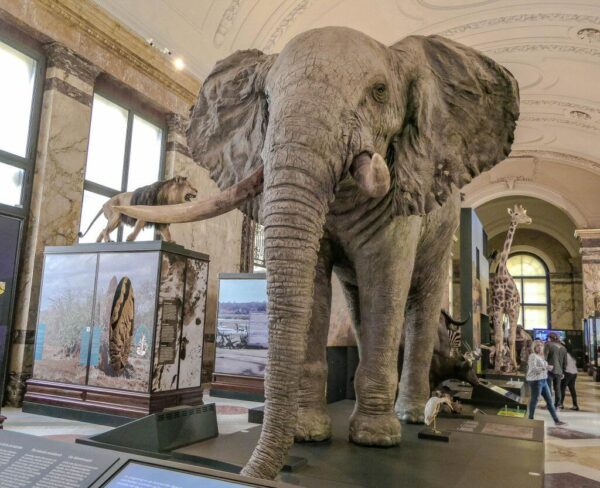
In said Visitors Center There is a warehouse-type room where, before visiting the current collection, you can go through and see pieces of colonial and paternalistic style that have been removed from it, such as the statue of the leopard-man, which shows the image of a wild and primitive African.
With many multimedia and interactive screens, the museum rooms have different themes, from history of Central Africa and the colonial eraIn the life and art in the Congo nowadays.
In a biodiversity room Some stuffed animals are preserved, among which an elephant, a giraffe and a rhinoceros stand out.

Museum hours Central Africa
The Central African Museum visiting hours They are from Tuesday to Friday, from 10 a.m. to 17 p.m., and Saturdays and Sundays, from 10 a.m. to 18 p.m., with last access half an hour before closing.
The museum is closed to visitors on Mondays and on holidays January 1, May 1 and December 25.
Museum ticket prices Central Africa
The ticket prices to visit the museum, adults, 12 euros; seniors+65, 8 euros; students from 18 to 26 years old and people with disabilities, 4 euros; and children under 18 years old, free.
Don't forget your Travel Insurance
Are you organizing your trip or getaway? Don't leave without take out your travel insurance before, and here we explain why. If you hire it with us, you have a 5% discount


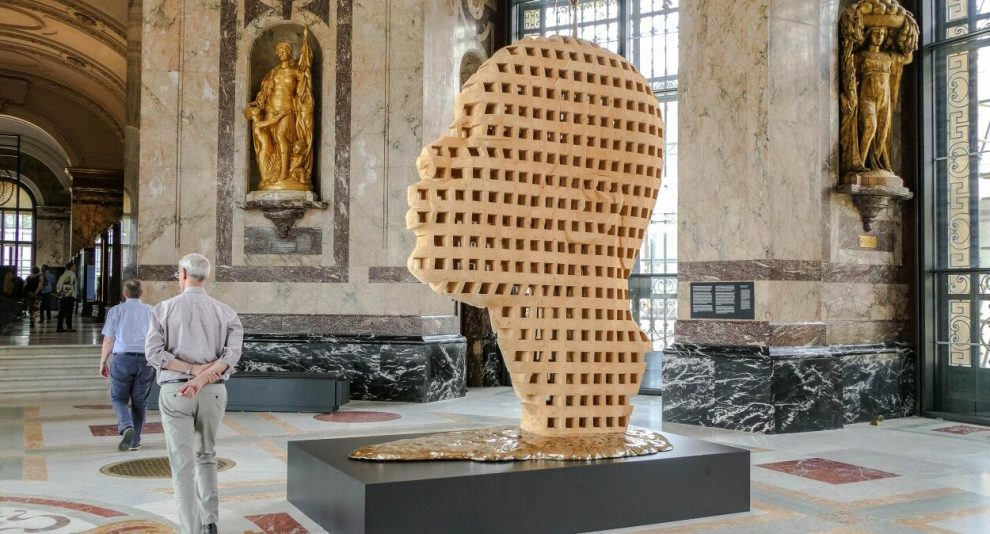
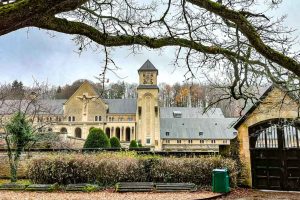
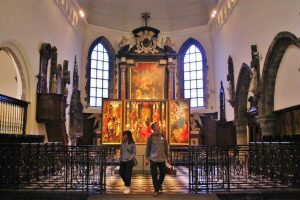
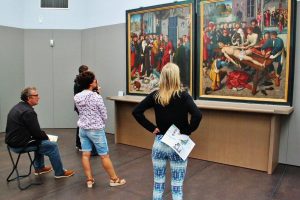











Comment